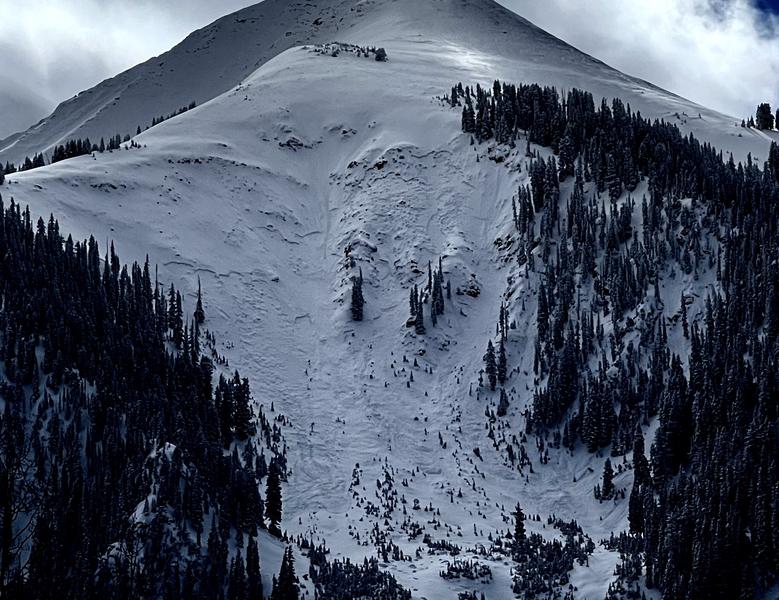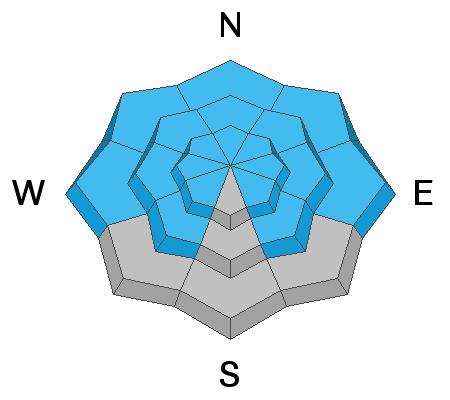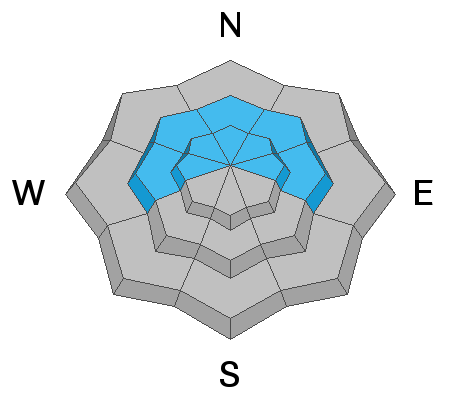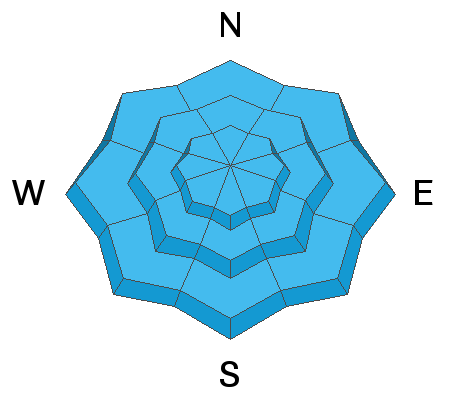Forecast for the Moab Area Mountains

Issued by Eric Trenbeath on
Tuesday morning, January 26, 2021
Tuesday morning, January 26, 2021
Significant snowfall, periodically accompanied by wind has added stress to underlying persistent weak layers and the avalanche danger is CONSIDERABLE on all steep, mid and upper elevation slopes that face W-N-E. Human triggered avalanches are likely in these areas and these slopes should be avoided for the foreseeable future. In addition, there is a MODERATE danger for human triggered avalanches involving new snow on all aspects. A ride in an avalanche with the current low snow conditions will be rugged. Temper your enthusiasm for the new snow, and keep your slope angles low.
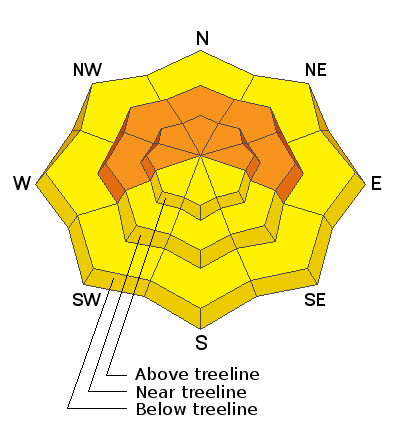
Low
Moderate
Considerable
High
Extreme
Learn how to read the forecast here


